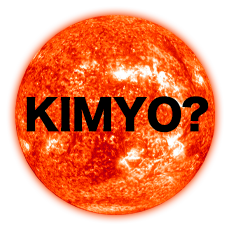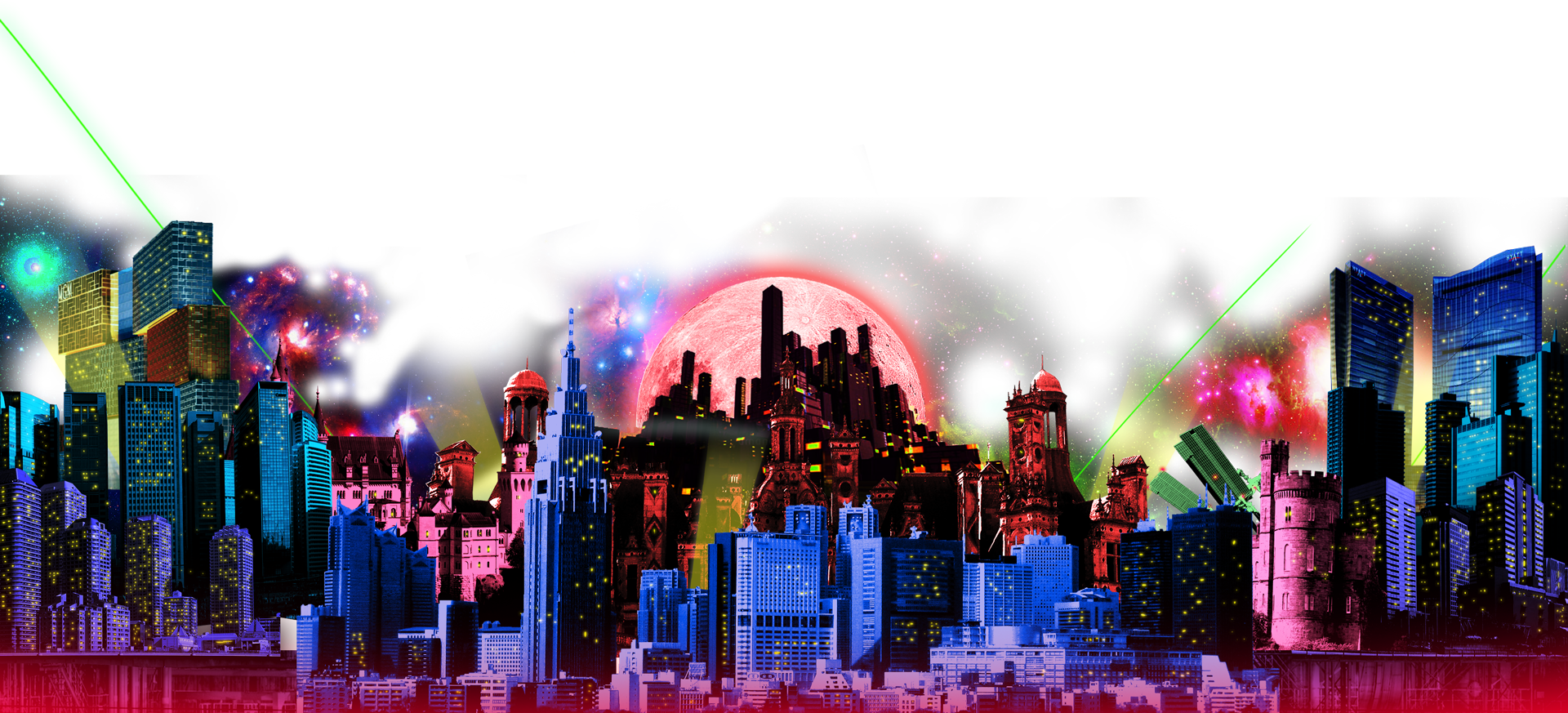In Chart 3 above (doji B), the doji moved in the opposite direction from the movement shown in Chart 2. 4-Price Doji is a horizontal line indicating that high, low, open and close were equal. Just choose the course level that you’re most interested in and get started on the right path now. When you’re ready you can join our chat rooms and access our Next Level training library. The Bullish Bears team focuses on keeping things as simple as possible in our online trading courses and chat rooms. We provide our members with courses of all different trading levels and topics.
- In gravestone doji patterns the horizontal line or body is placed towards the bottom of the vertical line.
- The gravestone looks like an upside-down “T.” The implications for the gravestone are the same as the dragonfly.
- We realize that everyone was once a new trader and needs help along the way on their trading journey and that’s what we’re here for.
- This pattern consists of two parts called “wick” and “body.” The wick is the vertical line; the body is the horizontal line.
- A Doji is an important pattern because it can provide valuable insights into market sentiment.
Neither the bulls nor the bears were able to gain control that day. This gives reason to believe a turning point is developing on that stock. Studying candlestick patterns in the prices of assets traded in the stock market is a commonly employed method types of dojis of predicting trends and formulating a trading strategy. There exist a number of different candlestick patterns that indicate various possible directions the market may be inclined towards when viewed along with an assortment of other data.
A Doji is used to illustrate market indecision and serves as a signal for a reversal in a market that is either upward or downward trending. Visualizing how the doji forms gives insight into why it represents market indecision. In Chart 2 above (doji A), at the opening, the bulls were in charge. However, the morning rally did not last long before the bears took over.
Trading strategy of Doji candlestick pattern
Doji is a candlestick chart pattern that appears when the price rises or falls during a trading session but closes very close to where it started. There may be trading opportunities in different types of doji candlesticks since buyers and sellers seem to be indecisive. A doji formation generally can be interpreted as a sign of indecision, meaning neither bulls nor bears can successfully take over.
So, what you want to do is go long when the price comes to Support and forms a Dragonfly Doji. Start your research with reviews of these regulated brokers available in , many have free demo accounts so you can preview their technical analysis features. By the end of the day, the bears had successfully brought the price of GE back to the day’s opening price.
How to trade using Rising and Falling Three Method Candlestick Patterns
They can be spotted before trend reversals or when there is a prevalent sentiment of indecision in the market. Investors and traders using this pattern prefer to use it along with other technical indicators to confirm trends. A doji candlestick pattern happens when the open and close prices of a security either coincide or fall very close to each other. Doji candlesticks happen when there is a struggle between the bulls and the bears and neither succeeds in dominating the other. The bulls attempt to push the prices higher, while the bears attempt to pull them lower. As a result of this push and pull the security price closes very close to the open or sometimes even coincides with it.
The close, open and low all fall in positions coinciding with each other. As the image indicates, the gravestone doji patterns indicate an upcoming bearish reversal, as the prices start to decline after the appearance of the gravestone doji. Doji is a type of price chart pattern in which the opening and closing prices of security are practically equal. Doji candlestick patterns resemble a plus sign or a cross owing to the equal open and close price. Doji candlesticks are formed when a security price opens, fluctuates to a high and low and then closes at a point that is the same level as the opening price.
Of its variations, the dragonfly doji is seen as a bullish reversal pattern that occurs at the bottom of downtrends. The gravestone doji is read as a bearish reversal at the peak of uptrends. The long-legged stands for indecision with neither the bulls nor the bears adopting a dominating position. The long-legged doji represents indecision or uncertainty regarding the upcoming price movements.
What is the difference between a Dragonfly Doji and a Hammer?
Therefore, when trading Doji candlesticks, the data from each new candle must be analyzed frequently. There are several different types of Dojis, but the most common is a Neutral Doji, which has equal highs and lows. Neutral Dojis (also named common Dojis or rickshaw men) can occur at any time during an uptrend or a downtrend and may signal a change in direction, but they are not always reliable. When the market opens, bullish traders push prices up while bearish traders reject the higher price and drive it back down, forming a Doji.
STOCK TRADING COURSES FOR BEGINNERS
4-Price dojis represent indecision as the price undergoes no change. It can also reflect a lull in the market when the market is extremely quiet. The image indicates that the long-legged doji appears at the end of a strong bullish trend. https://g-markets.net/ The long-legged doji can be spotted by its minutely thin body and long upper and lower shadows. Following the long-legged doji the price starts to decline, thereby signifying that the long-legged doji predicted a bearish trend reversal.
How to use Doji Candlestick Scans in StockEdge:
Testimonials appearing on this website may not be representative of other clients or customers and is not a guarantee of future performance or success. This website is using a security service to protect itself from online attacks. There are several actions that could trigger this block including submitting a certain word or phrase, a SQL command or malformed data. Please note that by submitting the above mentioned details, you are authorizing us to Call/SMS you even though you may be registered under DND.
TRADING HELP
Neutral dojis can also signal trend reversals sometimes, but it does not happen every time and it is not an identifying feature of the neutral doji. A Dragonfly Doji is a type of candlestick pattern that can signal a potential price reversal, either to the downside or upside, depending on past price action. It forms when the asset’s high, open, and close prices are the same.
The image below depicts the three kinds of doji patterns and their colours based on opening and closing prices. Doji candlestick patterns form when the open and close prices of a currency pair, stock, or cryptocurrency are virtually equal for a given timeframe. This pattern signals a tug-of-war between buyers and sellers, with neither side strong enough to push the price up or down. A doji candle chart occurs when the opening and closing prices for a security are just about identical. If this price is close to the low it is known as a “gravestone,” close to the high a “dragonfly”, and toward the middle a “long-legged” doji. The name doji comes from the Japanese word meaning “the same thing” since both the open and close are the same.
Arjun is a seasoned stock market content expert with over 7 years of experience in stock market, technical & fundamental analysis. Arjun is an active stock market investor with his in-depth stock market analysis knowledge. Arjun is also an certified stock market researcher from Indiacharts, mentored by Rohit Srivastava. The fourth main advantage of the doji pattern is that it can be used in various timeframes. Doji candlesticks work efficiently for time frames from one-hour ones to longer ones.
A Dragonfly Doji is a type of candlestick pattern that can signal a potential reversal in price to the downside or upside, depending on past price action. It’s formed when the asset’s high, open, and close prices are the same. This doji candlestick is formed when the market opens, and bullish traders push prices up, whereas bearish traders reject the higher price and push it back down. The thick body of a candlestick shows the opening and closing prices. If the close is higher than the open, the candle is colored white or green. The candle is colored red or black if the open is below the close.
Conversely, the price can increase if it’s an inverted head and shoulders pattern. Let’s take a look at each type of candlestick and what they mean in terms of price action. The prior trend and Doji pattern regulate the future direction of the trend. A glance at the price chart of the UK 100 index indicates several price patterns that occurred around the bottoms. The price should climb once the hammer shuts, confirming the pattern.







